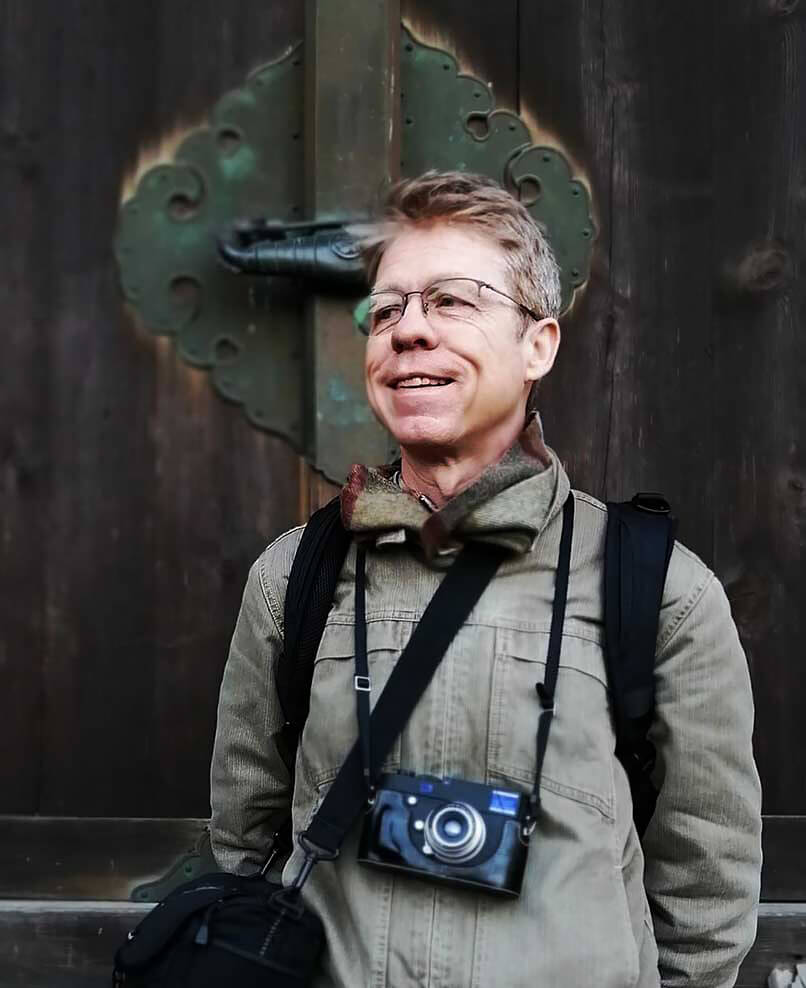During the initial emergence of coronavirus in 2020, Rod published a photobook:
Zen in the Time of Corona - A photographic homage to Japanese Buddhism during the Coronavirus pandemic:
Writer, photographer and filmmaker, Rod often reports in Asia, drawing attention to critical environmental and human-rights issues. From deforestation in Borneo, to mining protests by Cambodian fisherfolk, his stories and investigations have appeared in books, documentaries and over fifty high-profile academic and media titles.
Long engaged in climate change, forest, Indigenous rights and biodiversity issues, he has a record of working with non-profit, academic and media organisations and has a Masters in Environment and Development. He led the Environment and Climate Change Programmes at Panos London, was a founder of the Climate Change Media Partnership, and editor of seven magazines and academic journals.
His 2014 documentary,
'Defenders of the Spirit Forest' explores efforts by Cambodian people to defend the last forests in the country. It premiered at Glasgow's Document international Human Rights film festival.
During the Kosovan war, Rod led the Kosovan Information programme at the British Refugee Council. Here he produced a film about returning refugees and published a book about the conflict, which featured his photographic coverage of the war.
He worked with several organisations in the 1990's to stop the global spread of genetically engineered crops, and to uphold the rights of Indigenous people and small farmers, over their land and genetic resources. This came during a global rise of social movements questioning the rapid acceleration of neo-liberal economic globalisation. Actively engaged, Rod photographed this period of dynamic social change.
His forest investigations and campaigning, have profiled numerous concerns and highlighted environmental crimes. He has documented mineral mining conflicts in forest regions in Madagascar, Zambia, Laos and the Philippines, to name a few. He also co-produced a book on campaigns to save Europe's Forests.
Agencies representing his photography, Zuma Press and Polaris Images, carry his news and feature stories. He shares his expertise through freelance and consultancy work. Born in the UK in 1966, when not publishing books, Rod explores the outside world with a camera and the inner world through meditation and yoga.
Zen In The Time Of Corona